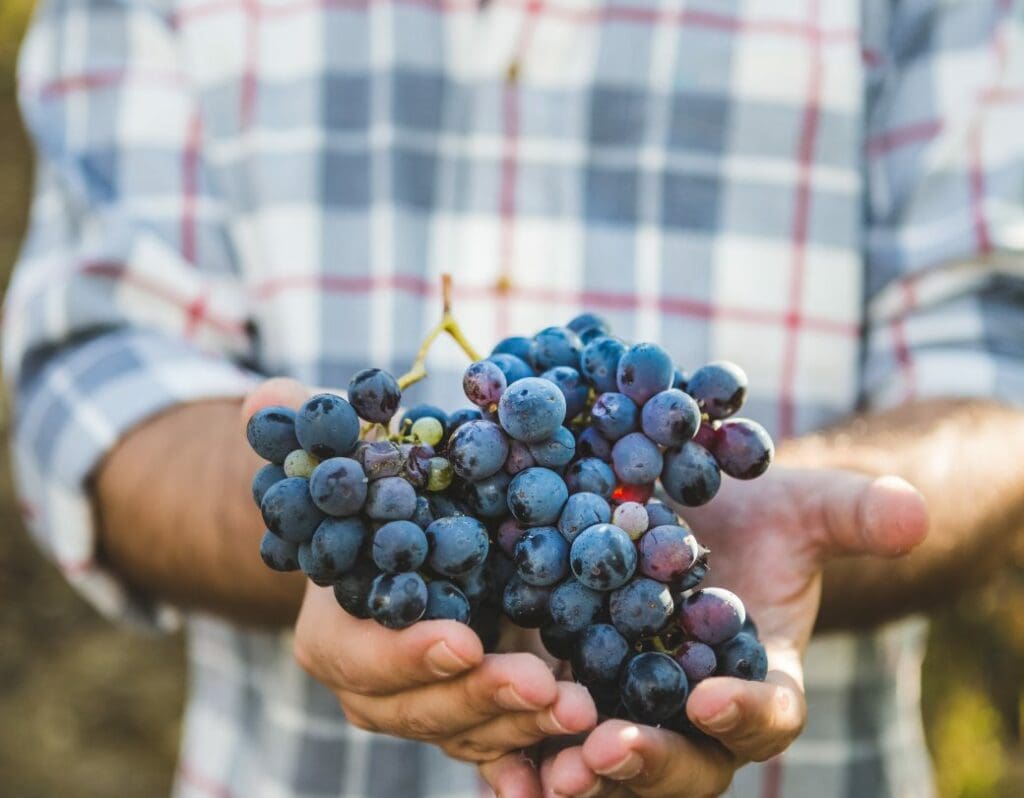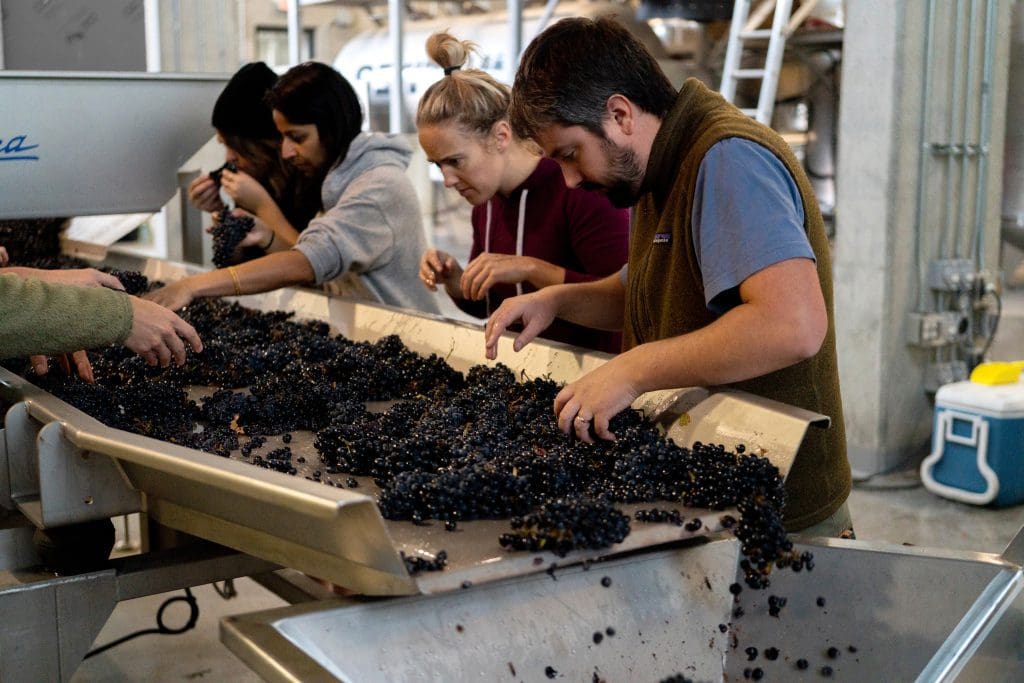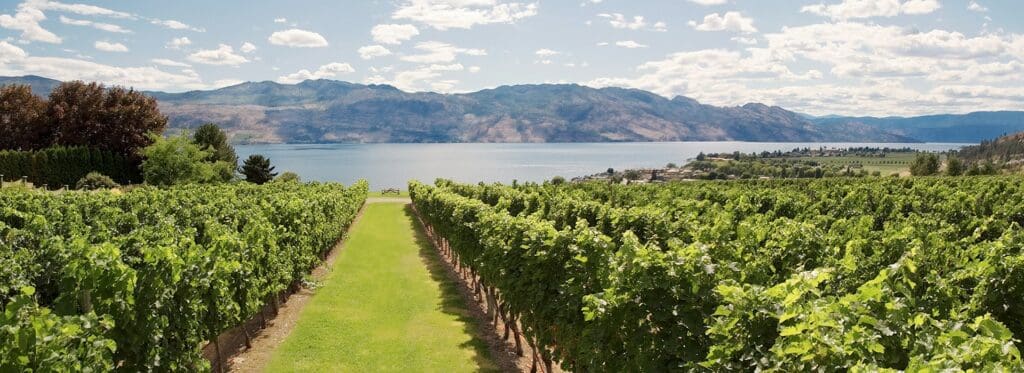
Viticulture
Overview
With quiet family-run boutique vineyards to world-class operations, the Okanagan Valley wineries are rich in tradition and character, consistently ranking among the world’s best at international competitions.
Boasting 86% of the province’s vineyard acreage, the Okanagan Valley is BC’s premier grapegrowing region. With an ever-changing panorama, the valley stretches over 250 kilometres, across sub-regions, each with distinct soil and climate conditions suited to growing a range of varietals from sun-ripened reds to lively-fresh and often-crisp whites.

Industry Highlights
- The Okanagan Valley has 86% of the total vineyard acreage in BC
- The Okanagan Valley has 250 km of vineyards, representing over 9,600 acres planted
- BC wine industry employs over 14,000 people and has an economic impact of $3.75 billion annually
- The Central Okanagan has over 72 beverage manufacturing businesses including kombucha, mead, spirits, and cider
- There are over 222 licensed wineries in the Central Okanagan
Competitive Advantages
- The Okanagan Valley is BC’s premier grapegrowing region, with distinct soil and climate conditions suited to growing a range of varietals from sun-ripened reds to lively-fresh crisp whites (WineBC)
- Soil, topography and hot, sunny, dry climate provide an excellent viticulture environment
- Geographic proximity to key markets and reliable transportation routes (Port of Vancouver, YVR, YLW)
- Talent pipeline supported by responsive public post-secondary institutions and directed regional attraction and retention initiatives in viticulture
- Okanagan College – Viticulture and Wine Studies
- University of British Columbia Okanagan Campus – Viticulture Studies
- Proximity to research support facilities at The University of British Columbia Okanagan Campus (UBCO) and Okanagan College (OC)
-
-
- University of British Columbia Okanagan Campus – Wine Research Centre
- Okanagan College – Viticulture Programs
- Okanagan College – British Columbia Beverage Technology Access Centre (BC BTAC)
-

Viticulture Success Stories
CedarCreek Estate Winery: One of the original eight wineries in the Okanagan Valley located in Kelowna, BC, named Canadian Winery of the Year at the 2022 WineAlign National Wine Awards.
50th Parallel Estate Winery: Built from scratch in 2009, this 61-acre estate is situated in Lake Country, BC. This location features international award winning architecture and some of the world’s most sought-after wines.
Indigenous World Winery: Situated on Westbank First Nation Land, Indigenous World Winery merges modern culture with Indigenous history.

Mission Hill Family Estate: Recognized as Canada’s only five-time winner of Winery of the Year, Mission Hill employs organic growing practices to cultivate wine with unmistakable terroir.
Hainle Vineyards Estate Winery: The Hainle legacy began in 1972, followed by being the birthplace of North American Icewine in 1978. Today, it is estimated that a bottle of 1978 Hainle Icewine is worth as much as 1.5 million pounds at the London wine auction.